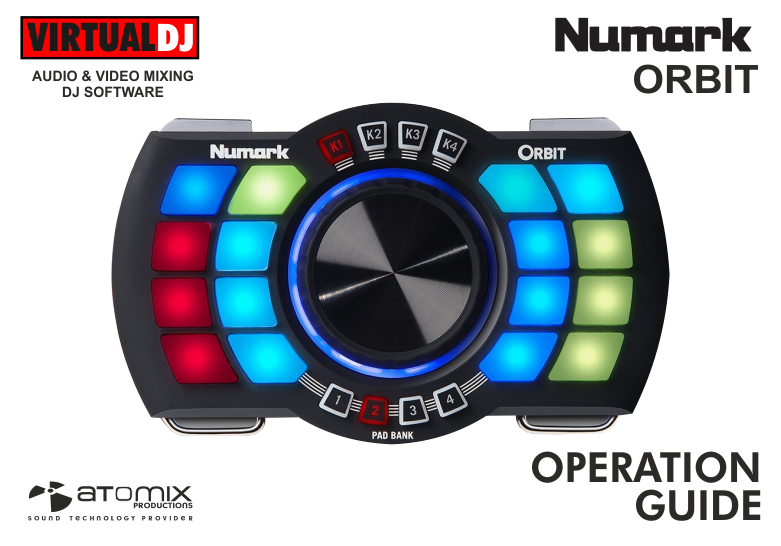

Thanks as always to Don Gallagher ("Donamy") for the mesh and textures. Establish an orbit at the next apogee with an OMS burn. Scenarios included with this package include a launch scenario with 3 MPLMs as cargo, a scenario docked to the ISS, and an on-orbit scenario with the Shuttle-C post-MECO. A docking port view is available along with the COAS overlay using "SHIFT+Z".ħ.) The Ku-band antenna is deployed using "CTRL+U".Ĩ.) Two versions of the Shuttle-C are provided, Block I with OMS engines, Block II without OMS engines. Although our life-giving star has been an object of scientific interest for. Solar Orbiter is the most complex scientific laboratory ever to have been sent to the Sun.
Orbiter 2016 manual full#
This will cause the shuttleC dll to fire the OMS engines without an offset that could yield an unwanted rotation.Ģ.) Control of the cargo doors is via the key "K".ģ.) Once in orbit, and with the doors full open, a cargo can be deployed with the payload dialog box (open with "CTRL+SPACE").Ĥ.) Three views available, default forward view (key "V"), forward payload bay ("SHIFT+V") and aft payload bay camera ("CTRL+V").ĥ.) Prior to liftoff the cooling flow of LO2 venting from the SSMEs is simulated with "SHIFT+X".Ħ.) Once in space (before the OMS2 burn) the nose cap can be jettisoned using the payload dialog box button this exposes the docking port. Taking the closest ever images of the Sun, observing the solar wind and the Sun’s polar regions like never before, unravelling the mysteries of the solar cycle. Note that in order for the guidance algorithm to work properly, the line "OMS" must be in the scenario file.

The Shuttle-C was proposed in 1987, and the idea was finally rejected in 1990.ġ.) Still allows for use with R.J.Croy's STS-GuidanceMFD for automatic rendezvous with LEO satellites. This package must be installed over an existing Shuttle Fleet V4.8 for Orbiter 2010 installation. This is version 4.8 of the Space Shuttle derived unmanned vehicle, Shuttle-C updated for Orbiter 2010 and the graphics client D3D9. The scenarios are based upon actual orbital elements for Spider from October 1981. Using the RPOP MFD, a flyaround is possible. There is a launch scenario on 13 October 1981 and a stationkeeping scenario on 14 October 1981. The scenarios are located in the Scenario folder "Finding LM3(Spider)". Both addons must be in the same Orbiter installation, Orbiter 2010, to work properly.
Orbiter 2016 manual series#
These are a series of scenarios utilizing the Shuttle Fleet and AMSO. Not really helpful if you speak and read English fluently.
Orbiter 2016 manual manual#
Since the Space Shuttle Columbia first flew on 12 April 1981, that means that, hypothetically, the Space Shuttle could have been dispatched to rendezous (and possibly capture) Spider. French Orbiter 2016 Manuel THE ORBITER 2016 MAIN MANUAL IN FRENCH This is the French translation of the manual 'Orbiter.pdf'. That orbit lasted until the ascent stage re-entered and burned up on 23 October 1981. Bring up Orbiter to display the Orbiter Launchpad. Unzip the XRSound distribution file into your ORBITERROOT (e.g., C:Orbiter) directory. Older versions of Orbiter are NOT SUPPORTED by XRSound. This resulted in an orbit of 6,934.4 × 230.6 km. Note that XRSound is a plug-in for Orbiter and requires that Orbiter 2016 be installed first. The hope is that study of the data gathered about Titan will help us to understand how the Earth evolved, and possibly what led to the evolution of life.Recently I discovered that in March of 1969, when the lunar module ascent stage, "Spider" was released during the Apollo 9 Earth orbital mission, the ascent engine was commanded to burn to fuel depletion. If Titan received more sunlight, its atmosphere might well resemble that of a primitive Earth. Saturn has 62 confirmed orbiting moons, but Titan (which is larger than the planet Mercury) was chosen as a has two major components of Earth's atmosphere - nitrogen and oxygen - but the oxygen is was thought to be frozen as water ice within the body of the moon. The Huygens probe's seven-year voyage through space (past Venus, Earth and Jupiter) attached to the Cassini orbiter, its arrival at Saturn and three-week dormant coast to Saturn's moon, Titan, culminated in Huygens' hypersonic entry into Titan's atmosphere, 2.5-hour parachute descent, and continued operation for 72 minutes on the surface transmitting date back to Earth via the Cassini orbiter. The descent of the Huygens probe to the frozen surface of Saturn's moon, Titan, in 2005, marks a pinnacle achievement in space exploration - the most distant planetary landing ever made or presently foreseen.


 0 kommentar(er)
0 kommentar(er)
